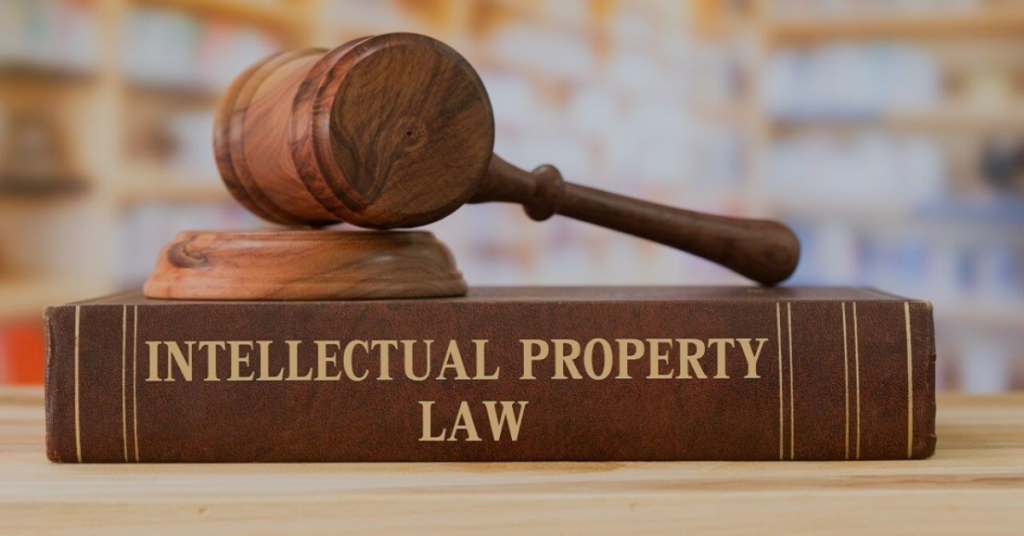To What Court Application Lies: Understanding Jurisdiction Under the Civil Procedure Code, 1908 (CPC) in India
Determining the correct court to file a suit or application is a fundamental aspect of civil litigation in India. Section 15 to Section 20 of the Civil Procedure Code, 1908 (CPC) lay down the rules regarding the "Place of Suing," essentially addressing the question: "To what court does the application lie?" Understanding these provisions is crucial to ensure your case is heard in the appropriate jurisdiction, avoiding delays and potential dismissals. This article delves into the complexities of jurisdictional rules under the CPC, providing a comprehensive overview for a better understanding of Indian civil procedure.
Section 15: Court in Which Suit to Be Instituted
Section 15 of the CPC establishes a basic principle: "Every suit shall be instituted in the Court of the lowest grade competent to try it." This rule emphasizes efficiency and aims to prevent higher courts from being burdened with cases that can be effectively handled by subordinate courts.
Key Aspects of Section 15:
- Lowest Grade Competent Court: The focus is on the pecuniary jurisdiction of the court, meaning the value of the subject matter of the suit. The suit must be filed in the court whose pecuniary jurisdiction encompasses the claim.
- Competency to Try: The court must be competent to try the nature of the suit. This relates to the subject matter jurisdiction. For example, a court dealing only with rent control matters cannot entertain a suit for recovery of debt.
- Not About Inherent Jurisdiction: Section 15 doesn't determine whether a court has jurisdiction; it merely dictates which court, among those with competent jurisdiction, should be approached first. It's a rule of procedure, not jurisdiction.
- Illustrative Example: If a suit involves a property worth ₹1,00,000 and a Munsif court has pecuniary jurisdiction up to ₹2,00,000, the suit must be filed in the Munsif court, even if the District Court also has jurisdiction over the area.
Practical Implications:
Filing a suit in a court higher than the lowest grade competent court is not necessarily fatal. The court may entertain the suit, especially if no objection is raised by the defendant and no prejudice is caused. However, it is always prudent to adhere to Section 15 to avoid complications.
Sections 16 to 18: Suits Relating to Immovable Property
Sections 16 to 18 deal specifically with suits related to immovable property and determine the place of suing based on the location of the property.
Section 16: Suits to Be Instituted Where Subject-Matter Is Situate
Section 16 lays down the general rule that suits relating to immovable property should be instituted in the court within whose local limits the property is situated. This section covers various types of suits, including:
- Suits for the recovery of immovable property.
- Suits for the partition of immovable property.
- Suits for foreclosure, sale, or redemption of a mortgage of immovable property.
- Suits for the determination of any other right to or interest in immovable property.
- Suits for compensation for wrong to immovable property.
Proviso to Section 16:
The proviso to Section 16 provides an exception to the general rule. It states that if the relief sought can be entirely obtained through the defendant's personal obedience, the suit can be instituted in the court where the defendant resides, carries on business, or personally works for gain, even if the property is situated outside the local limits of that court.
Illustrative Examples:
- A suit for possession of land must be filed in the court where the land is located.
- A suit for specific performance of a contract for the sale of land can be filed either where the land is located or where the defendant resides, if the relief can be obtained through the defendant's personal obedience (i.e., compelling the defendant to execute the sale deed).
Section 17: Suits for Immovable Property Situate Within Jurisdiction of Different Courts
Section 17 addresses the situation where immovable property is situated within the jurisdiction of two or more courts. In such cases, the suit can be instituted in any court within whose local limits any portion of the property is situated, provided the entire claim regarding the property is capable of being satisfied by that court.
Key Requirements for Applying Section 17:
- The property must be situated within the jurisdiction of different courts.
- The suit must relate to the entire property, not just a part of it within one court's jurisdiction.
- The court chosen must be able to fully satisfy the claim. This implies that the pecuniary jurisdiction of the court must be sufficient to cover the value of the entire property.
Section 18: Place of Institution of Suit Where Local Limits of Jurisdiction of Courts Are Uncertain
Section 18 deals with situations where there is uncertainty regarding the local limits of the jurisdiction of courts. This typically arises due to boundary disputes or unclear demarcation of jurisdictional areas.
Procedure Under Section 18:
- If there is uncertainty about the jurisdiction, the court may record a statement to that effect.
- The court can then proceed to entertain and dispose of the suit.
- The decree passed by the court is considered valid, even if it is later found that the property was not actually within its jurisdiction, provided the court had acted in good faith and after recording the statement of uncertainty.
Purpose of Section 18:
Section 18 aims to avoid unnecessary delays and complications caused by jurisdictional ambiguities. It allows the court to proceed with the case while addressing the uncertainty upfront.
Sections 19 and 20: Suits Relating to Movable Property and Other Suits
These sections address suits that do not relate to immovable property and provide rules for determining the place of suing in such cases.
Section 19: Suits for Compensation for Wrongs to Person or Movables
Section 19 deals with suits for compensation for wrongs done to a person or to movable property. It provides two options for determining the place of suing:
- Where the wrong was committed.
- Where the defendant resides, carries on business, or personally works for gain.
Key Aspects of Section 19:
- Alternative Jurisdictions: The plaintiff has the option to choose either the place where the wrong occurred or the place where the defendant resides/works.
- Example: If someone is assaulted in Delhi and the assailant resides in Mumbai, the victim can file the suit for compensation either in Delhi or Mumbai.
- Focus on Wrongful Act: The core element is the location of the wrongful act, regardless of where the consequences of the act manifest.
Section 20: Other Suits to Be Instituted Where Defendants Reside or Cause of Action Arises
Section 20 is a residuary provision that applies to suits not covered by Sections 15 to 19. It states that such suits can be instituted:
- Where the defendant, or each of the defendants where there are more than one, at the time of the commencement of the suit, actually and voluntarily resides, or carries on business, or personally works for gain; or
- Where the cause of action, wholly or in part, arises.
Key Elements of Section 20:
- Defendant's Residence/Business: If there are multiple defendants, the suit can be filed where any one of them resides or carries on business, provided the permission of the court is obtained or the other defendants acquiesce.
- Cause of Action: The "cause of action" refers to the bundle of facts that are necessary for the plaintiff to prove to succeed in the suit. The suit can be filed where any part of the cause of action arises.
- Illustrative Examples:
- A suit for breach of contract can be filed where the contract was entered into, where it was to be performed, or where the breach occurred.
- A suit for recovery of debt can be filed where the debt was contracted or where the defendant resides.
Objections to Jurisdiction and Waiver
It's important to note that objections to jurisdiction must be raised at the earliest possible opportunity. Section 21 of the CPC deals with objections to jurisdiction and provides that no objection as to the place of suing shall be allowed by any appellate or revisional court unless:
- The objection was taken in the court of first instance (i.e., the trial court) at the earliest possible opportunity.
- There has been a consequent failure of justice.
Implications of Section 21:
- Timely Objection: Failure to raise the objection at the initial stage may result in the objection being deemed waived.
- Failure of Justice: Even if the objection is raised in a timely manner, the appellate court will not entertain it unless the jurisdictional error has led to a failure of justice (i.e., prejudice has been caused to the defendant).
Conclusion
Determining the appropriate court for filing a suit or application is crucial for efficient and effective litigation. Sections 15 to 20 of the CPC provide a framework for determining the place of suing, based on factors such as the nature of the suit, the location of the property (if any), the defendant's residence or business, and the place where the cause of action arises. Understanding these provisions and raising jurisdictional objections promptly are essential to navigate the complexities of civil procedure and ensure that your case is heard in the correct forum. Always consult with a legal professional for advice specific to your situation.




